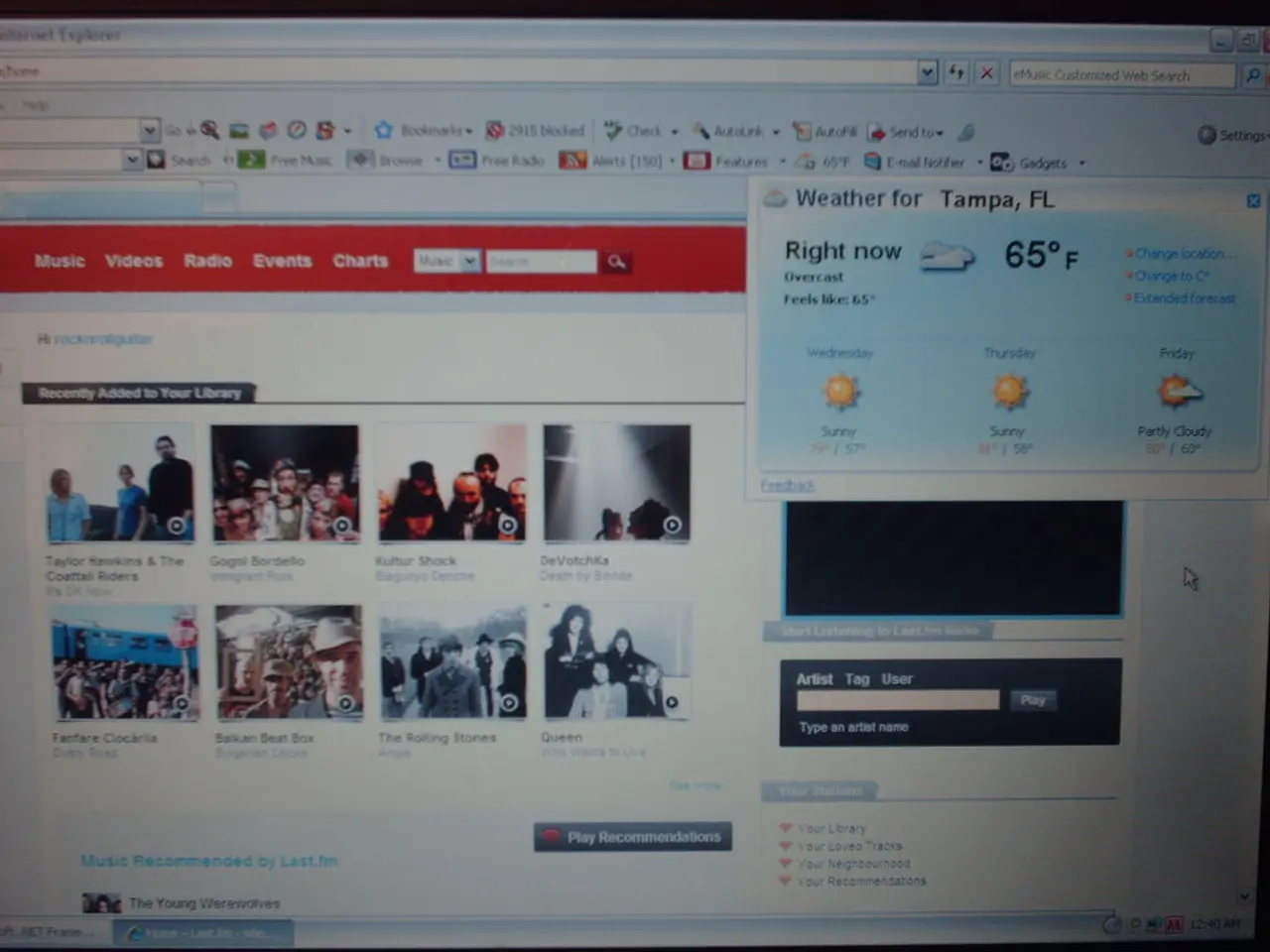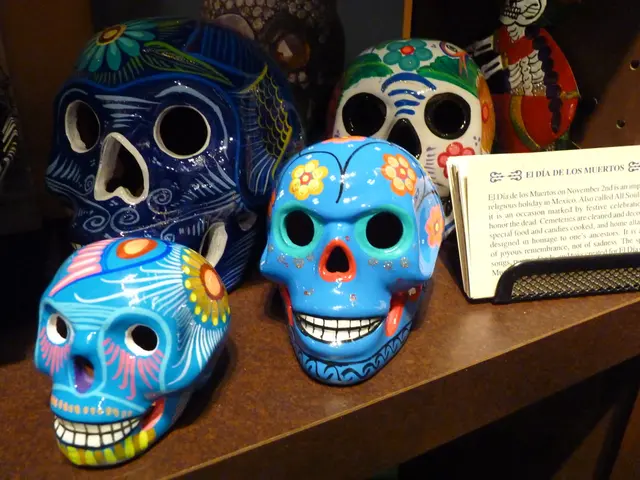Evolving website aesthetics: Transitioning from flat designs to immersive interfaces
In the world of web design, the focus has shifted towards creating immersive experiences that guide users through sites in an intuitive manner. This change is evident in the prevalence of scroll-triggered animations, which have become a key tool in navigating digital spaces.
This transformation in web design can be traced back to the early 2010s, when the dominance of flat design emerged as a response to the skeuomorphic clutter of earlier web interfaces. Flat design favoured simplicity and function over visual mimicry, stripping back to essentials such as color blocks, clean icons, and typography-led layouts.
One of the most striking examples of this shift can be seen in the case study of Universal Production Partners (UPP), a VFX powerhouse. NP Digital, the agency responsible for the implementation, built an interactive 3D website for UPP to reflect the cinematic depth, artistry, and innovation that define their work. The result is a sleek, editorial-inspired platform that feels just as experiential as the environments they create.
The same approach was applied to Incentive Games, a B2B company creating free-to-play games for the sports gaming industry. Their reimagined website features playful 3D elements, microinteractions, and a future-proof CMS, all tied together by an elevated design system with a sophisticated, modern, and globally-minded aesthetic.
However, it's not just about adding movement for movement's sake. Designers have started thinking like storytellers, carefully crafting visual and narrative arcs. Developers, on the other hand, have become experience builders, using code like choreography to lead the user through a journey. Thoughtful motion adds a tactile feel to the journey, making every interaction deliberate and polished.
This shift towards immersive design is not a fleeting trend, but a reflection of the evolving capabilities of technology and the changing expectations of users. Users want brands to show who they are, not just say it, and are looking for signals that tell them who you are, what you stand for, and whether you're worth their time. Brands that create connection are the ones that win attention, and sites that flow effortlessly, reflect brand personality, and feel alive are already ahead.
Even companies specializing in physical brand experiences, like ISI Global, have recognized the importance of a strong digital presence. Their previous digital presence did not do justice to their scale or creativity, but a revamped website has helped them bridge this gap.
In conclusion, the future of web design involves creating digital spaces that don't just look good, but feel right. By focusing on immersive design, web designers can create digital experiences that engage users, reflect brand personality, and lead to lasting connections.
Read also:
- Understanding Hemorrhagic Gastroenteritis: Key Facts
- Trump's Policies: Tariffs, AI, Surveillance, and Possible Martial Law
- Expanded Community Health Involvement by CK Birla Hospitals, Jaipur, Maintained Through Consistent Outreach Programs Across Rajasthan
- Abdominal Fat Accumulation: Causes and Strategies for Reduction








